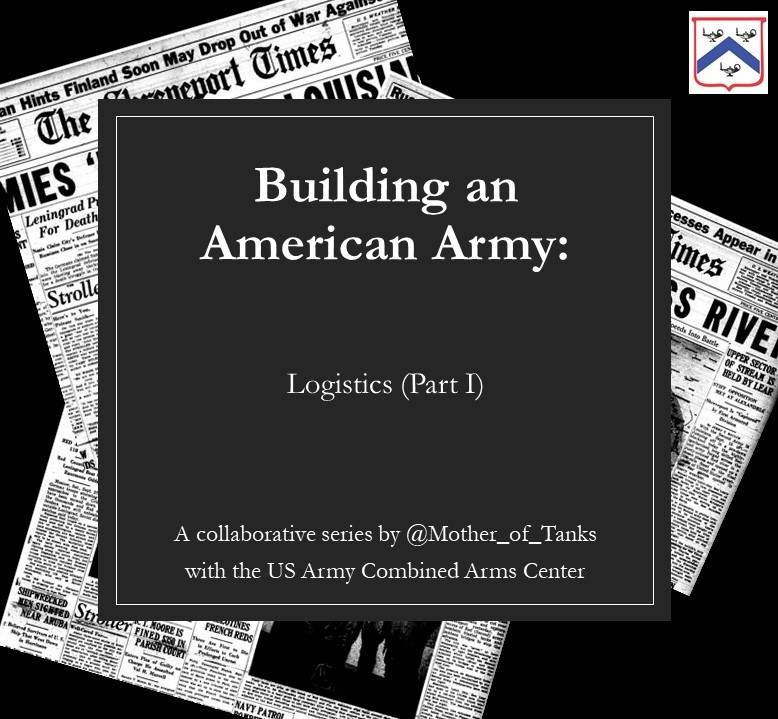“You will not find it difficult to prove that battles, campaigns, and even wars have been won or lost primarily because of logistics.” – Eisenhower 

Logistics is involved with every part of the military. The core functions include supply, maintenance, deployment and distribution, health services, logistic services, engineering, and operational contract support. 
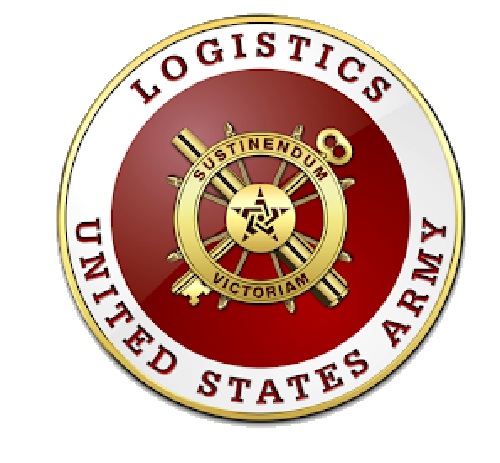
Logistics includes planning and executing movement and support of forces and all aspects of military operations. 

US Army Logistics embodies the attributes of agility, survivability, responsiveness, and effectiveness. These are critical elements in building and maintaining an army and ensuring readiness. @ChiefofOrdnance @OrdnanceCSM 


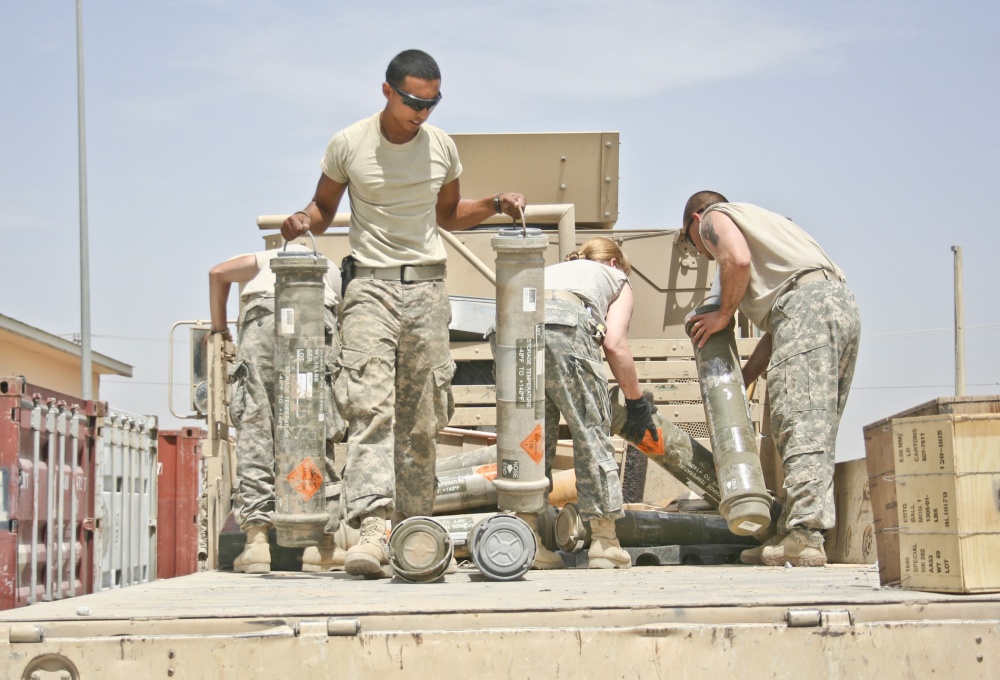
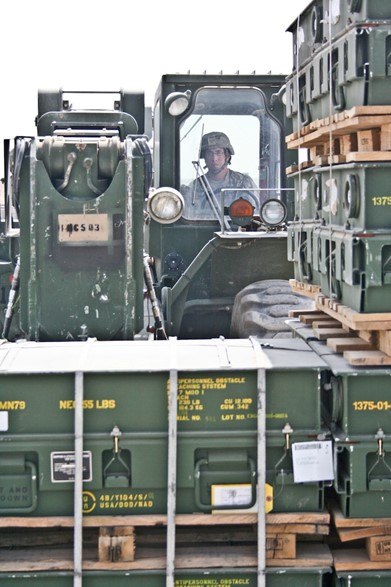
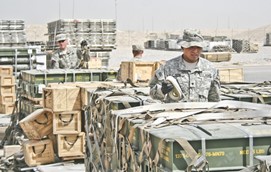
We actually didn’t use the term “logistics” much until closer to WWII. But the concepts have always been important. 
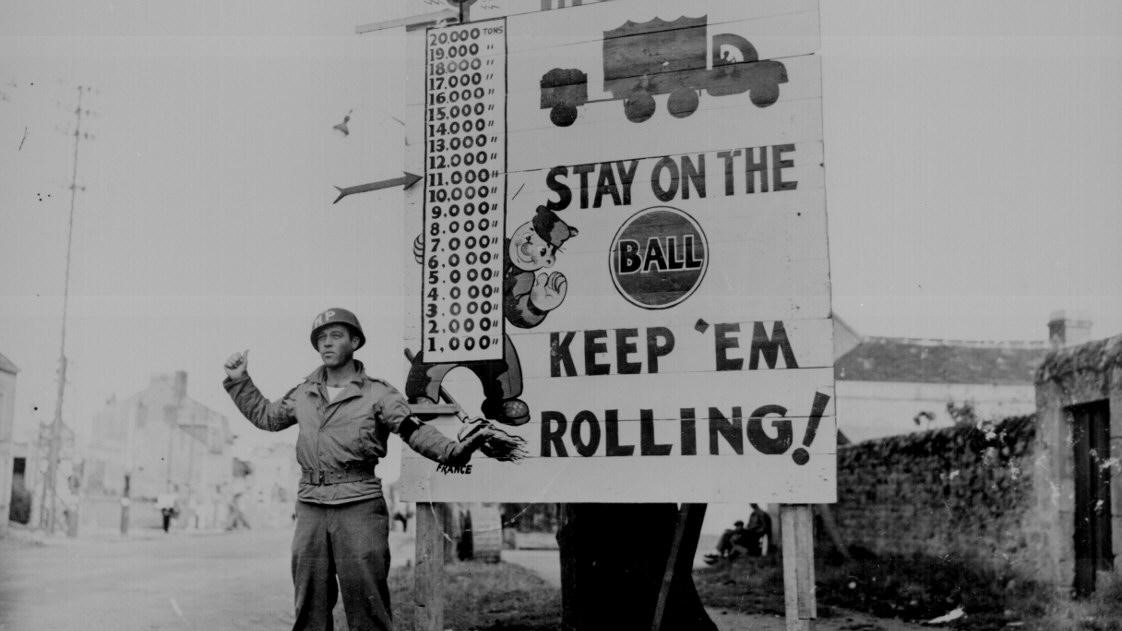
In order for Alexander the Great to move his army from Greece to India and back again, and conquer adversaries throughout Europe, Asia, and Africa, he established functioning outposts along the way, showing that he had the logistical foresight to plan ahead. 
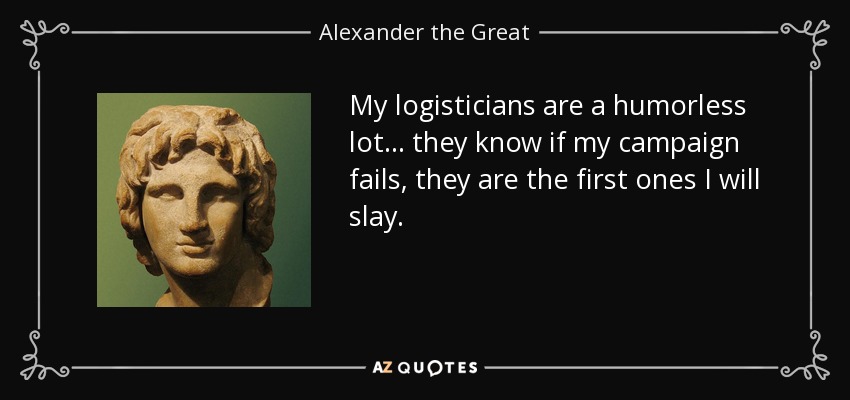
Modern Logistics in the @USArmy include the Ordnance, Transportation, and Quartermaster Corps. 


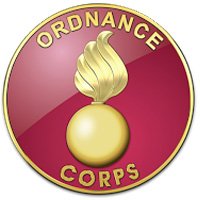
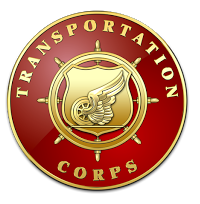
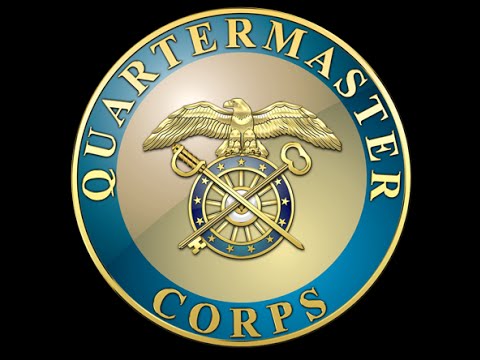
Over 75 years ago, the fundamental issues that concerned WWII Logisticians – how to know what you need and how to get it where you need it when you need it – are the same problems that our current Army logisticians face today. @703rdBSB @SpartanBrigade @3rd_Infantry 

Logistics in the European Theater of Operations (ETO) is a massive and complicated subject, one that accounts for thousands of pages in the official histories of the war. 
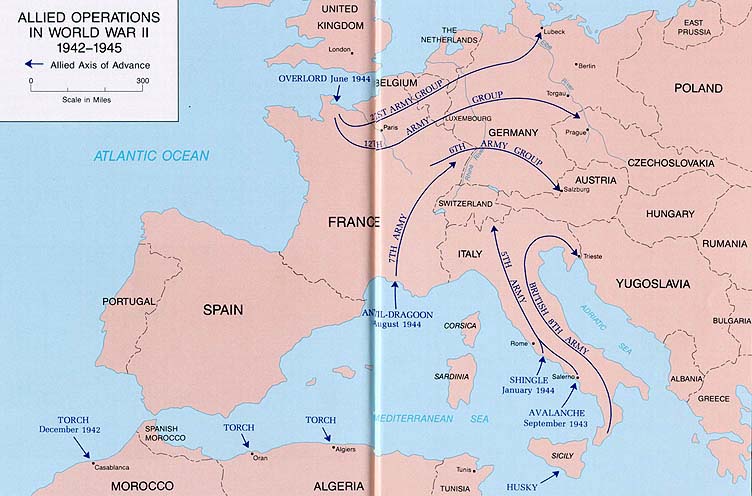
The article “Materialschlact: The Materiel Battle in the European Theater” considers the themes of Strategic and Operational Logistics. WWII logistical considerations constrained strategic possibilities, and strategic decisions drove the theater logistics requirements. 

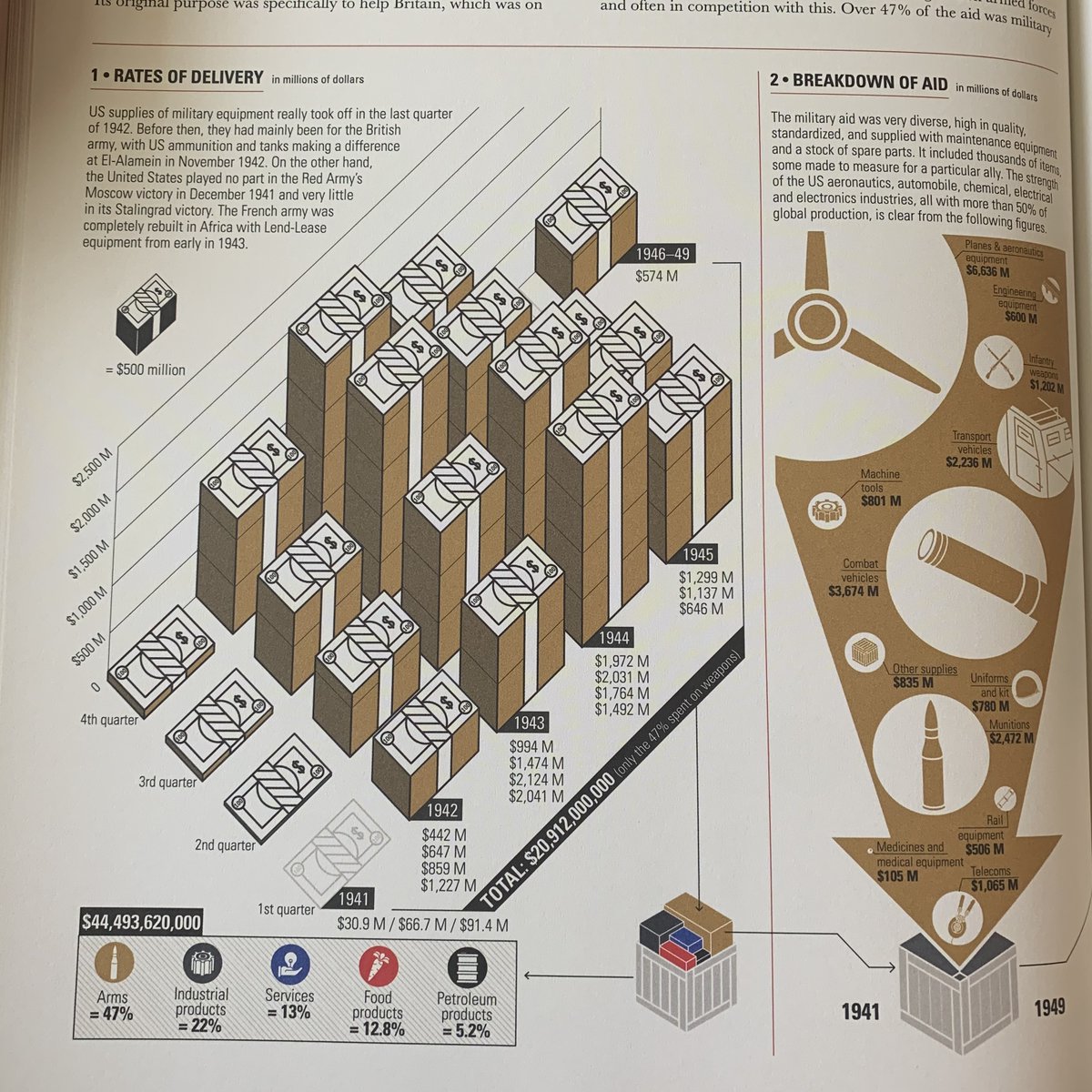
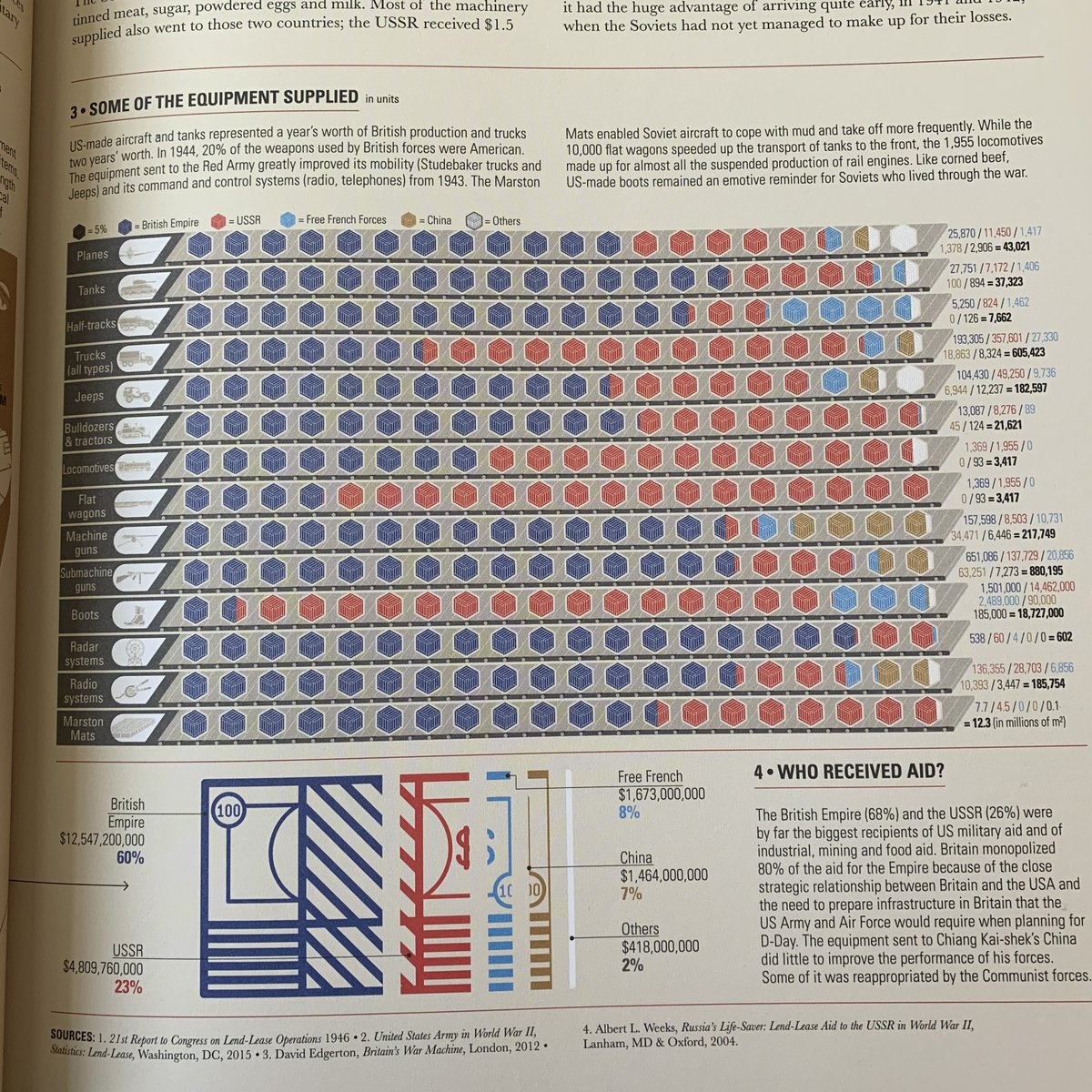
In defining strategy, Allied leaders had to constantly be mindful of the delicate balance of ends and means.
In implementing strategy, logisticians were always on the end of a game of strategic “crack the whip” as each modification to strategy would require adjustment to logistics.
Complicated command relationships and the nearly constant state of flux in the European Theater had a significant impact on logistics. “Confusion and contention concerning who was responsible for what function was commonplace.”
And this is just talking about the European Theater. We were also fighting in the Pacific, and for a while in North Africa too. 


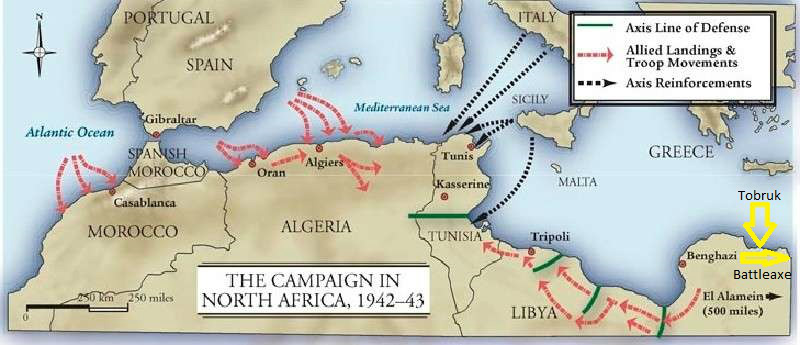
General Marshall recognized the antiquated structure of the War Department and knew it would hinder capabilities later. Through a bit of reorganizing he gave us three separate commands: Army Ground Forces, Army Air Forces, and Army Service Forces. 
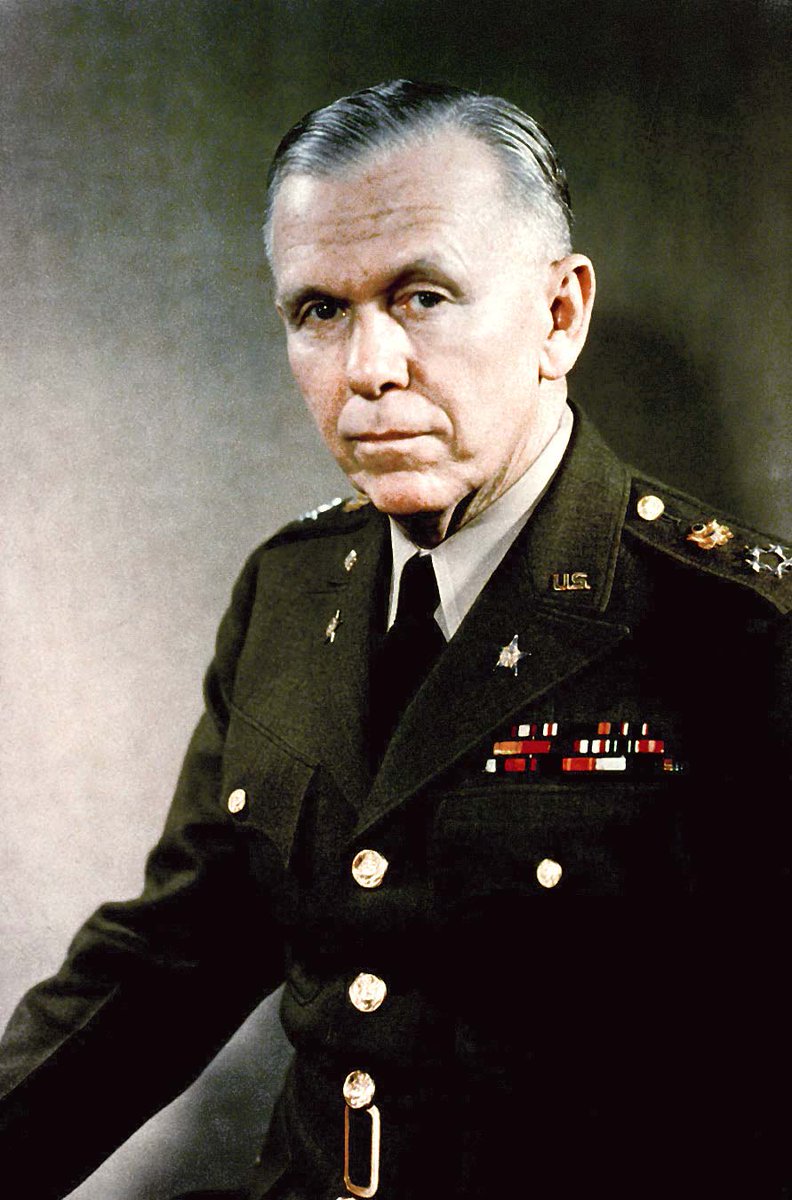
This reorganization better facilitated delegation of responsibilities & decision processes, allowing lower levels to handle things at their levels and freeing up the Chief of Staff to focus on policy and strategy. He centralized responsibilities & decentralized decision-making.
The Army Ground Forces and the Army Air Forces would be tasked with organizing and training combat units for military operations. 

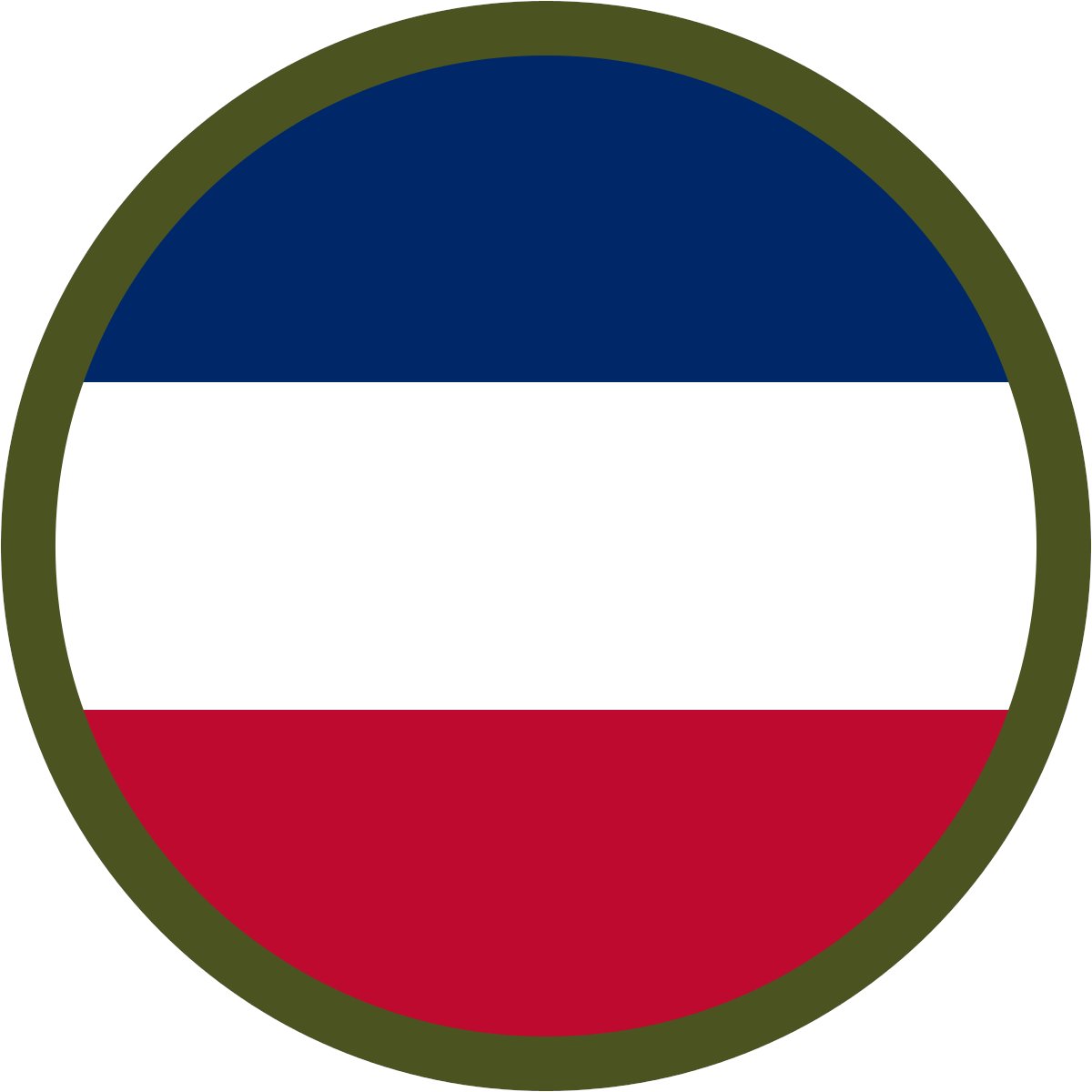
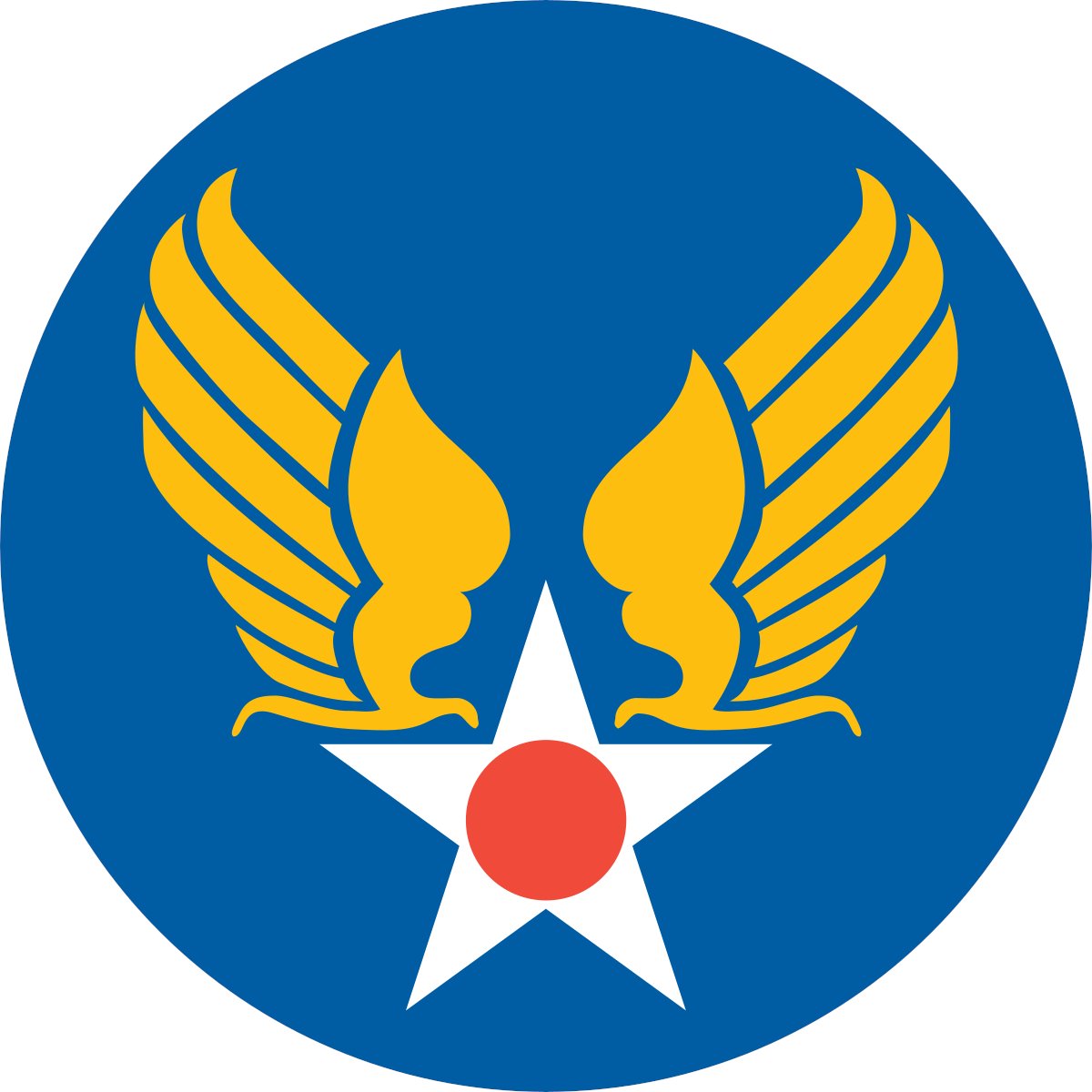
The Army Service Forces were considerably more diverse and given the mission “to provide services and supplies to meet military requirements” for the other commands. This was a key step in acknowledging the importance of integrating procurement and supply responsibilities. 

This move also acknowledged that logistics was expected to play an essential role in the coming war. There was a problem though.
This Army Service Forces command contained pretty diverse elements of the @USArmy and they had to find a way to effectively coordinate efforts, all while the Army was rapidly expanding. @SCoE_CASCOM @CASCOM_CG @CASCOM_7
We have a lot more to share about Logistics but this seems like a good start 🙂
If you're just tuning in or you've missed any of the previous threads, you can find them all saved on this account under ⚡️Moments or with this direct link twitter.com/i/events/13642…
If you're just tuning in or you've missed any of the previous threads, you can find them all saved on this account under ⚡️Moments or with this direct link twitter.com/i/events/13642…
• • •
Missing some Tweet in this thread? You can try to
force a refresh

